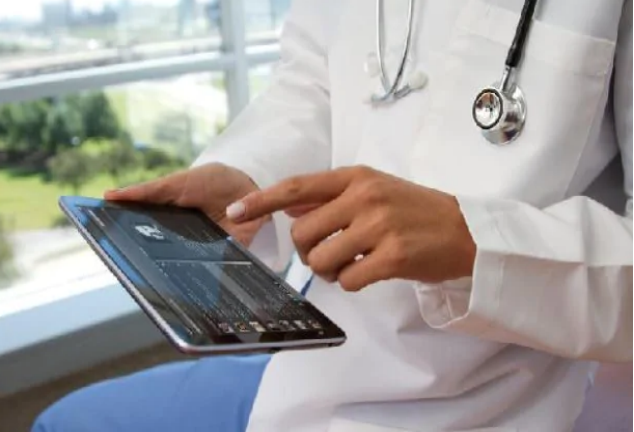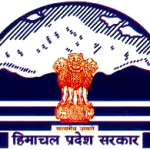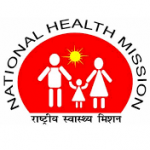Free Diagnostic Services Programme
1. Introduction:
1.1 Diagnostics are an integral part of the health care system and provide information needed by service providers to make informed decisions about care provision related to prevention, screening, detection, treatment and management. Limited availability and access to quality laboratory and radiology services are among the major challenges contributing to delayed or inappropriate responses to disease control and patient management. This also results in continued reliance on empirical patient care or irrational diagnostic prescription,practices that waste scarce resources.
1.2 Out of pocket expenditures on diagnostic tests are high and rising, sometimes even overtaking the costs of medicines. The poor who access public health care facilities have access to limited set of diagnostic services. Other challenges in provision of a set of diagnostics at each facility level include availability of skilled personnel, reagents, consumables and kits.

1.3 The ready availability of affordable diagnostic tools enables accurate detection of health risks and disease at an early stage, thereby improving disease management, and also diminishing subsequent health problems and associated costs. Diagnostics therefore play a useful role in influencing the quality of patient care, and health outcomes. Good quality diagnostic tests that are fit for purpose and provide accurate results are therefore of paramount importance in reducing the burden of disease.
1.4 A package of essential diagnostics, if available free of cost in public health facilities would not only reduce the burden on the poor and the vulnerable but would also be accessible to sections of the middle class sections that face financial stress on account of expensive health care diagnostics. This would also make the health care in public health facilities comprehensive and thereby attractive to larger segments of population.

1.5 Several states have attempted to ensure the availability of diagnostics in the public health facilities. These range from improving access to diagnostics within public health facilities through hiring laboratory technicians and procuring equipment kits, reagents as part of regular supplies, or by outsourcing the function of diagnostics, or by establishing linkages with laboratories in the private sector for providing selected diagnostics, such as radiology. Over the past few years, such efforts have been supported under the National Rural Health Mission (NRHM) and now the National Health Mission (NHM).These operational guidelines lay out the key features of the Initiative suggesting a minimal set of essential diagnostics to be available at different levels of public facilities across the states to reduce variability in coverage and unequal access. The guidelines also provide broad guidance on features of alternative delivery models through which diagnostics can be made available including financing modalities and monitoring mechanisms. The guidelines also provide a flexible framework, for states to adapt to their context, based on the availability of appropriate skilled staff and epidemiological and disease profile. The guidelines are expected to assist states to roll-out/scale up the initiative to ensure that access to free diagnostics is met in full measure.

Objectives of the Free Diagnostics Service Initiative are:
- Ensure the availability of a minimum set of diagnostics appropriate to the level of care
- Reduce high out of pocket expenditure incurred by patients for diagnostics
- Enable initiation and continuation of appropriate treatment based on accurate diagnosis.
- Use of appropriate diagnostics to screen patients for a set of chronic conditions so as to enable secondary prevention measures.
- Improve overall quality of healthcare and patients experience as a result of availability of comprehensive healthcare in public health facilities.



